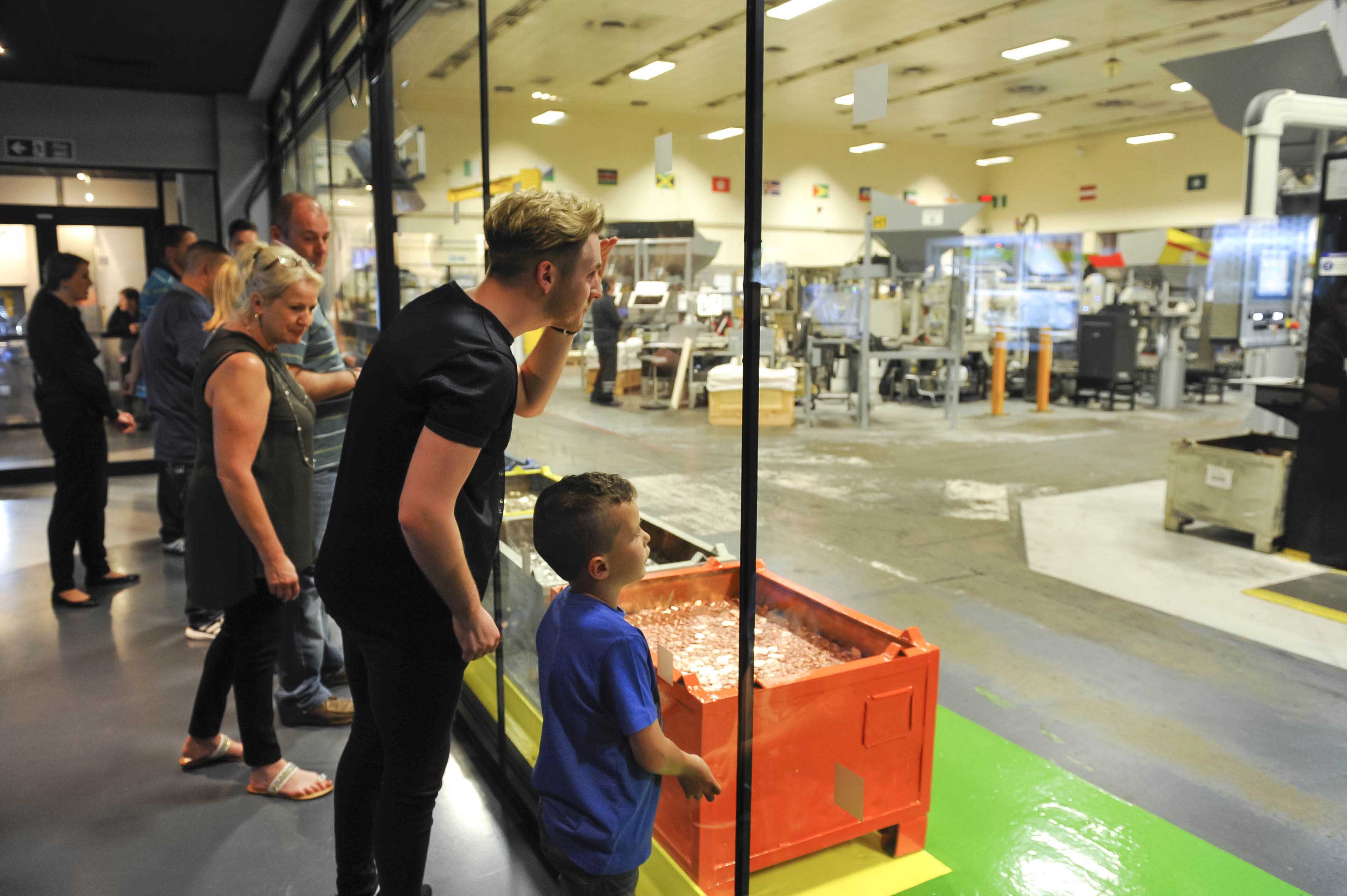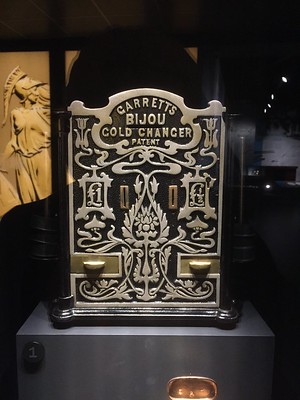

By 1612, there were 3,000 such unlicensed mints producing these tokens, none of them paying anything to the government. To bridge the difference between the values, unofficial supplementary token coins, often made from lead, were made by unauthorised minters across the country. Because Scotland had heavily debased its silver coins, a Scots mark was worth just 13 + 1⁄ 2 pence while an English mark was worth 6 shillings 8 pence (80 pence). In 1603, the Union of Crowns of England and Scotland under King James I led to a partial union of the two kingdoms' currencies, the pound Scots and the pound sterling. In order to strengthen control of the country's currency, monasteries were dissolved, which effectively ended major coin production outside London. By the 1540s, wars with France and Scotland led Henry VIII to enact The Great Debasement, which saw the amount of precious metal in coins significantly reduced. In the early 16th century, mainland Europe was in the middle of an economic expansion, but England was suffering from financial difficulties brought on by excessive government spending. A specialist mint board was set up in 1472 to enact a 23 February indenture that vested the mint's responsibilities into three main roles: a warden, a master and comptroller. The master worker was charged with hiring engravers and managing moneyers, while the Warden was responsible for witnessing the delivery of dies. Individual roles at the mint were well established by 1464. Pipe rolls containing the financial records of the London mint show an expenditure of £729 17s 8 + 1⁄ 2d and records of timber bought for workshops. Mints outside London were reduced, with only a few local and episcopal mints continuing to operate.

In 1279, the country's numerous mints were unified under a single system whereby control was centralised to the mint within the Tower of London. By 650, as many as 30 mints are recorded across Britain. For the next 200 years, no coins appear to have been minted in Britain until the emergence of English kingdoms in the sixth and seventh centuries. A mint in London reopened briefly in 383 until closing swiftly as Roman rule in Britain came to an end. After the Romans began their invasion of Britain in AD 43, they set up mints across the land, which produced Roman coins for some 40 years before closing. The first record of coins being minted in Britain is attributed to Kentish tribes such as the Cantii who around 80–60 BC imitated those of Marseille through casting instead of hammering. The history of coins in Great Britain can be traced back to the second century BC when they were introduced by Celtic tribes from across the English Channel. Medieval Latin inscription: ELFRED REXX ("Alfred the King") The first of this sustainably sourced gold is already being used in a new jewellery division – 886 by The Royal Mint – named in celebration of its symbolic founding date. In 2022 The Royal Mint announced it was building a new plant in South Wales to recover precious metals from electronic waste. It has expanded into precious metals investment, historic coins, and luxury collectibles, which saw it deliver an operating profit of £12.7 million in 2020–2021.

Since 2018 The Royal Mint has been evolving its business to help offset declining cash use. As Britain followed the rest of the world in decimalising its currency, the Mint moved from London to a new 38-acre (15 ha) plant in Llantrisant, Glamorgan, Wales, where it has remained since. The Royal Mint operated within the Tower of London for several hundred years before moving to what is now called Royal Mint Court, where it remained until the 1960s.
#ROYAL MINT LOGIN SERIES#
The Royal Mint was historically part of a series of mints that became centralised to produce coins for the Kingdom of England, all of Great Britain, the United Kingdom, and nations across the Commonwealth. As well as minting circulating coins for the UK and international markets, The Royal Mint is a leading provider of precious metal products. Operating under the legal name The Royal Mint Limited, it is a limited company that is wholly owned by His Majesty's Treasury and is under an exclusive contract to supply the nation's coinage. It is the oldest company in the United Kingdom and is currently located in Llantrisant, Wales, where it moved to in 1968. The Royal Mint is the United Kingdom's official maker of British coins.


 0 kommentar(er)
0 kommentar(er)
